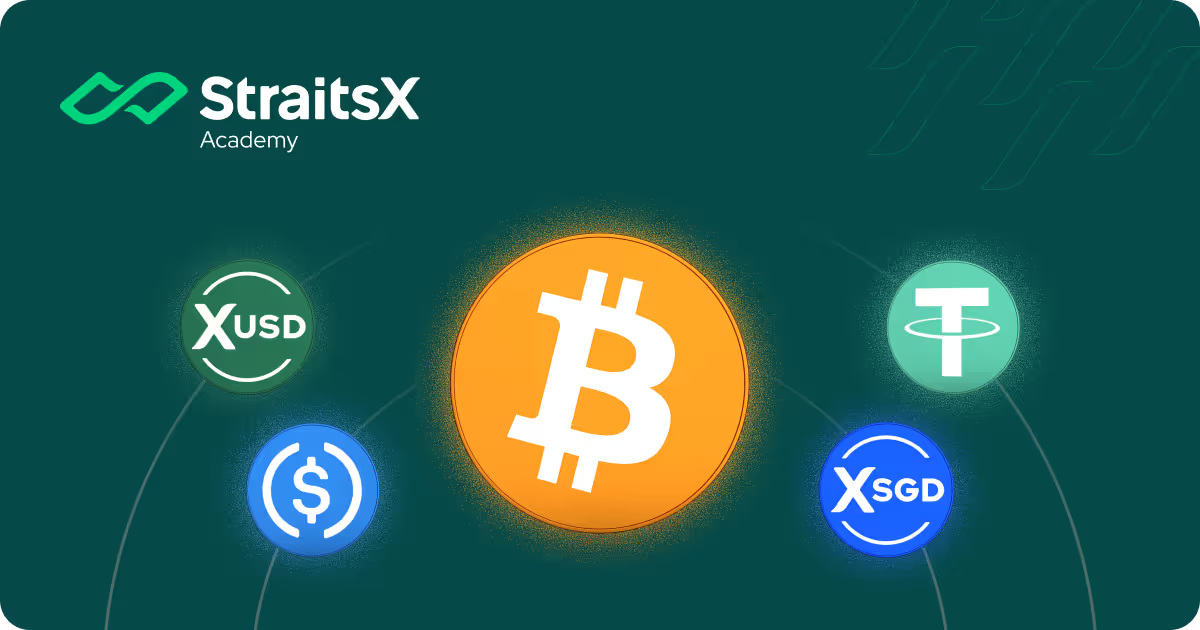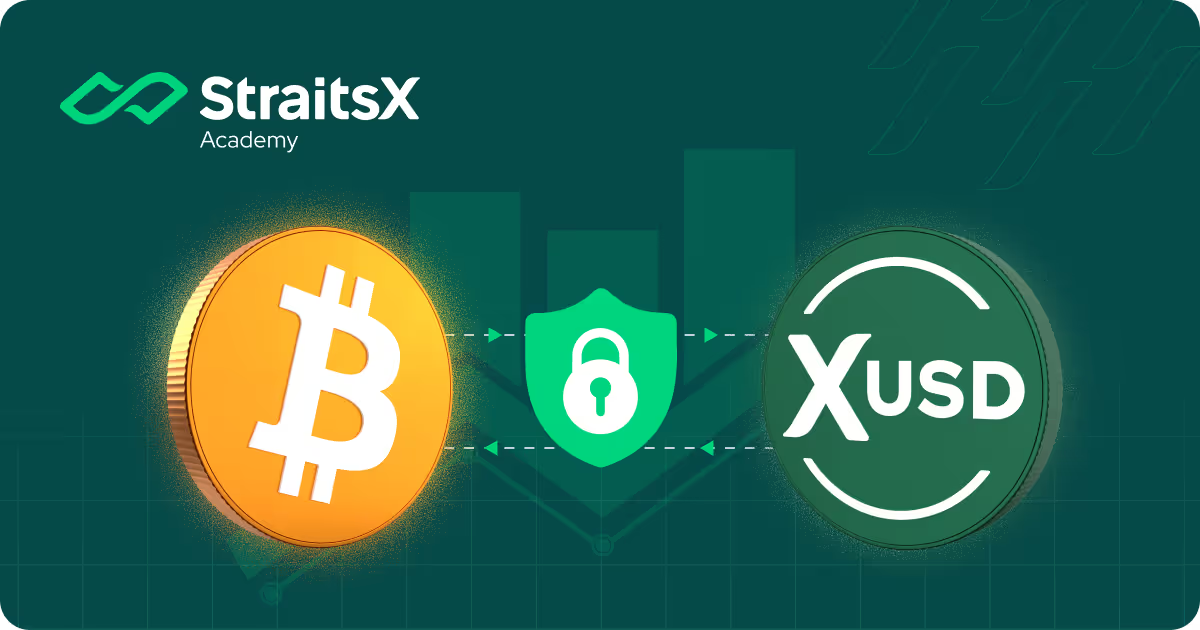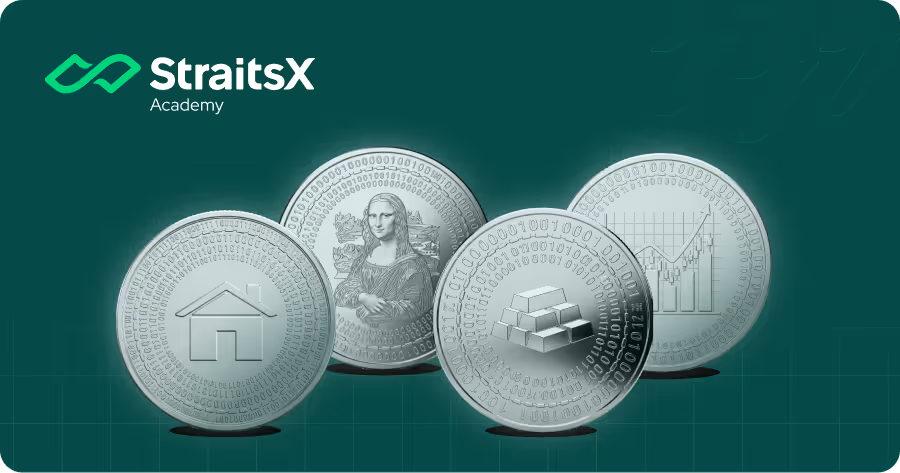How Stablecoins Compare to Traditional Payments for Modern Businesses
.png)
Cross-border payments, vendor settlements and treasury operations form the backbone of business finance. Yet, the tools that support these functions, such as traditional payment rails, are increasingly showing their age, slow, expensive, and incompatible with today’s 24/7 global economy. In contrast, stablecoins offer a faster, more transparent and always-on alternative that is gaining traction among modern businesses.
In this article, we compare traditional payment systems like SWIFT and domestic bank transfers with stablecoins. Learn why finance teams are adopting stablecoin payments, when it makes sense to use them and what to consider before making the switch.
Traditional payment rails: Still the backbone, but not without limits
For decades, traditional payment rails have supported everything from salary disbursements to supplier payments. These include:
- SWIFT: The dominant network for international bank-to-bank communication.
- Domestic Clearing Systems: Systems like FAST in Singapore, ACH in the US, or SEPA in Europe.
While traditional payment rails are well-established and regulated, they come with clear trade-offs. Speed is a common pain point, with cross-border transfers via SWIFT often taking 1 to 5 business days. Costs add up quickly, as intermediary banks and FX conversions can erode the final payout. These systems also operate within limited windows, constrained by banking hours, cut-off times, and public holidays. Finally, transparency can be a challenge, with payments passing through multiple intermediaries, making it harder to track progress or resolve delays.
For companies operating globally, these friction points slow down business and increase operational overhead.
Stablecoins: A faster, smarter alternative
Stablecoins are digital tokens pegged to the value of fiat currencies like USD or SGD. They are issued on public blockchains, allowing users to transfer funds globally without going through traditional banking intermediaries.
StraitsX, for example, offers stablecoins such as:
With stablecoins, the transfer happens directly between wallets on-chain. There are no correspondent banks, no hidden FX spreads and no waiting for banking hours to resume.
How stablecoins improve traditional payment rails

Why businesses are adopting stablecoin payments
Businesses are turning to stablecoins for the same reasons they adopt any new financial tool: to save time, reduce costs and improve control.
Stablecoins enable near-instant cross-border payments without the usual delays and fees associated with traditional rails. They’re especially useful for always-on operations, allowing companies to settle transactions after banking hours, on weekends, or during public holidays.
Treasury teams also benefit from greater transparency and control. Transactions are traceable in real time, allowing faster reconciliation and better cash flow oversight. In some cases, stablecoins open up access to new markets or ecosystems, such as paying Web3 vendors or tapping into DeFi tools.
When to use stablecoin payments vs traditional payments
Stablecoins aren’t here to replace every type of transaction. Instead, they offer powerful advantages for specific scenarios:
Use stablecoins when:
- You need to send or receive cross-border payments quickly and affordably
- You operate in markets with limited banking access or high FX costs
- Your payment flows run on weekends or after-hours
- You want to settle with Web3-native vendors, freelancers, or customers
- You’re automating treasury or finance operations with smart contracts
Stick to traditional rails when:
- Your counterparties require specific bank documentation
- You’re processing high-volume payroll with local compliance reporting
- Your auditor, regulator, or tax authority requires records tied to traditional bank accounts
The best approach may involve using stablecoins for both speed and efficiency, and bank transfers where legacy integration is still necessary.
Considerations before adopting stablecoins
While stablecoins can improve speed and efficiency, businesses should be aware of operational and compliance requirements before integrating them into payment workflows.
Work with licensed providers that support local regulations and offer reliable on and off-ramps. In Singapore, for example, StraitsX stablecoins are issued by entities regulated under the Payment Services (PS) Act. This ensures businesses can mint and redeem stablecoins with confidence and compliance.
Internally, finance teams should establish clear wallet security protocols, update approval workflows and align with auditors on how to classify stablecoin transactions. Most companies treat them as digital equivalents of cash or prepayments, depending on accounting policies.
Before rolling out stablecoin payments broadly, consider whether your vendors or customers are ready to accept them. In many cases, adoption starts with education and builds over time through pilot use cases.
Final Thoughts
Traditional payment rails still serve a purpose, but they’re falling behind the pace of today’s global digital economy. Stablecoins deliver what modern businesses need: faster settlement, lower costs, 24/7 operations and full transparency.
For CFOs and finance leads looking to modernise their payment stack, stablecoins are no longer experimental, they are a strategic tool. From streamlining vendor payouts to unlocking new markets and automating treasury flows, the advantages are real and immediate.
Want to know how stablecoin payments infrastructure, like StraitsX, can transform your financial operations? Connect with our team to learn more.
Related Post




